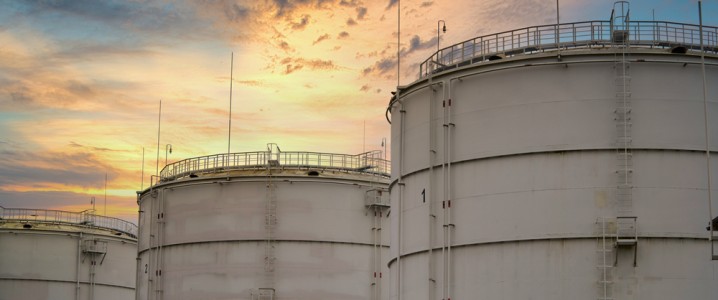
Despite very strong refinery runs in August, China had 1 million barrels per day (bpd) of more crude available than processed at refineries, suggesting that the world’s top crude importer continues to buy more oil than it needs, with most of the surplus likely going to storage.
Refiners processed 14.94 million bpd of crude into fuels last month, but total crude from imports and domestic production was 15.95 million bpd, according to official Chinese data compiled by Reuters columnist Clyde Russell.
This means that China had 1 million bpd in excess crude supply that wasn’t immediately refined at its processing facilities.
China does not report inventories and analysts are looking at overall supply and refinery processing rates to estimate how much crude is going into strategic or commercial reserves and how much is being processed into fuels.
So far this year, the likely rate of stockpiling has been 990,000 bpd, according to estimates by Reuters’ Russell, with most crude-to-storage occurring after March.
China is set to continue its crude stockpiling throughout next year, but even the buying spree from the world’s top crude importer would not be sufficient to support oil prices into the $60s per barrel as a major glut looms over the market in the coming months, analysts say.
Lower oil prices this year and China’s push to bolster its energy security will drive it to add 500,000 bpd of crude inventories over the next five quarters, Daan Struyven, head of oil market research at Goldman Sachs, told Bloomberg in an interview last week.
Frederic Lasserre, global head of research and analysis at commodity trading giant Gunvor, also believes that China will continue amassing crude oil in strategic and commercial reserves well into 2026.
After a slow start to the year, China began boosting its crude oil imports in March-April and has kept elevated import levels since then. The key driver has been crude stockpiling, not a major rebound in demand, according to analysts.
Source: By Tsvetana Paraskova from Oilprice.com
